Church History
The village of Newton Heath or Newton, was until the Industrial Revolution a small settlement based around four village greens surrounding the Heath, with much of its land owned by Manchester’s Collegiate Church.
The Parish
Newton Heath was originally a very small village but grew considerably during the 19th century at the time of the Industrial Revolution and is now a built up district of Manchester.
All Saints Church
Architect’s engraving of the original design for the 1814 building. Changes were made before, and after construction.


The old rectory and church viewed from Droylsden Road in 1895.
We continue the good work begun by the establishment of Newton Chapelry, by what is now Manchester Cathedral, in 1556 which has seen the British Empire and Industrial Revolution come and go, with all the challenges this brings for place so heavily reliant on industry until a few generations ago.
Our Patrons are the Dean and Canons of Manchester, and the Crown, by turn.


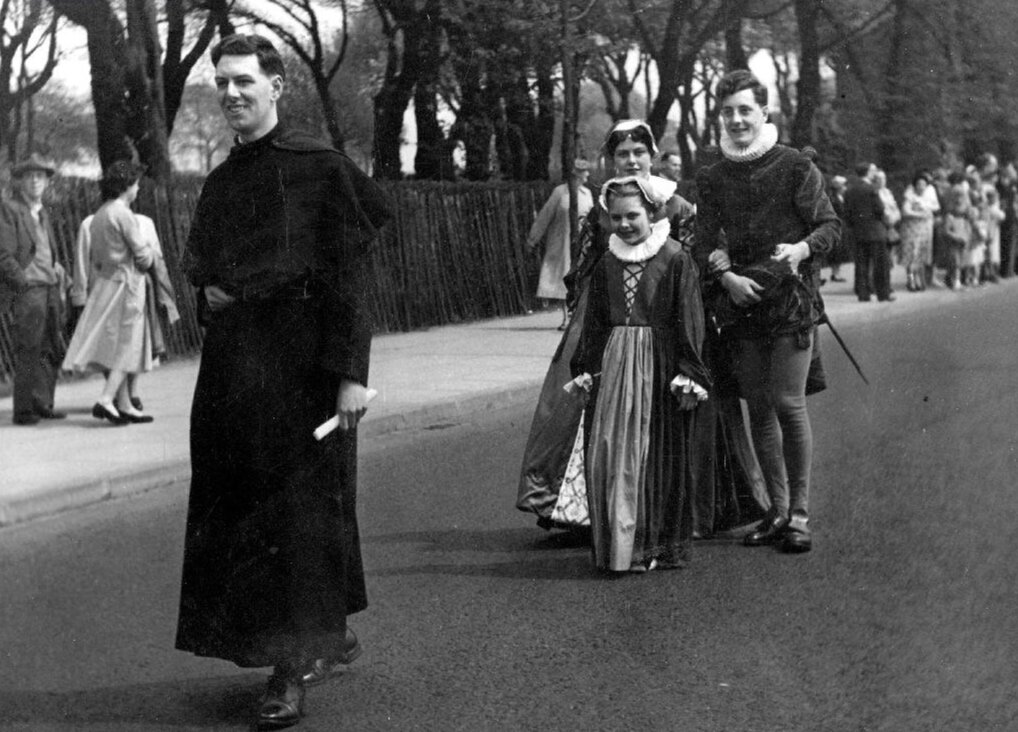
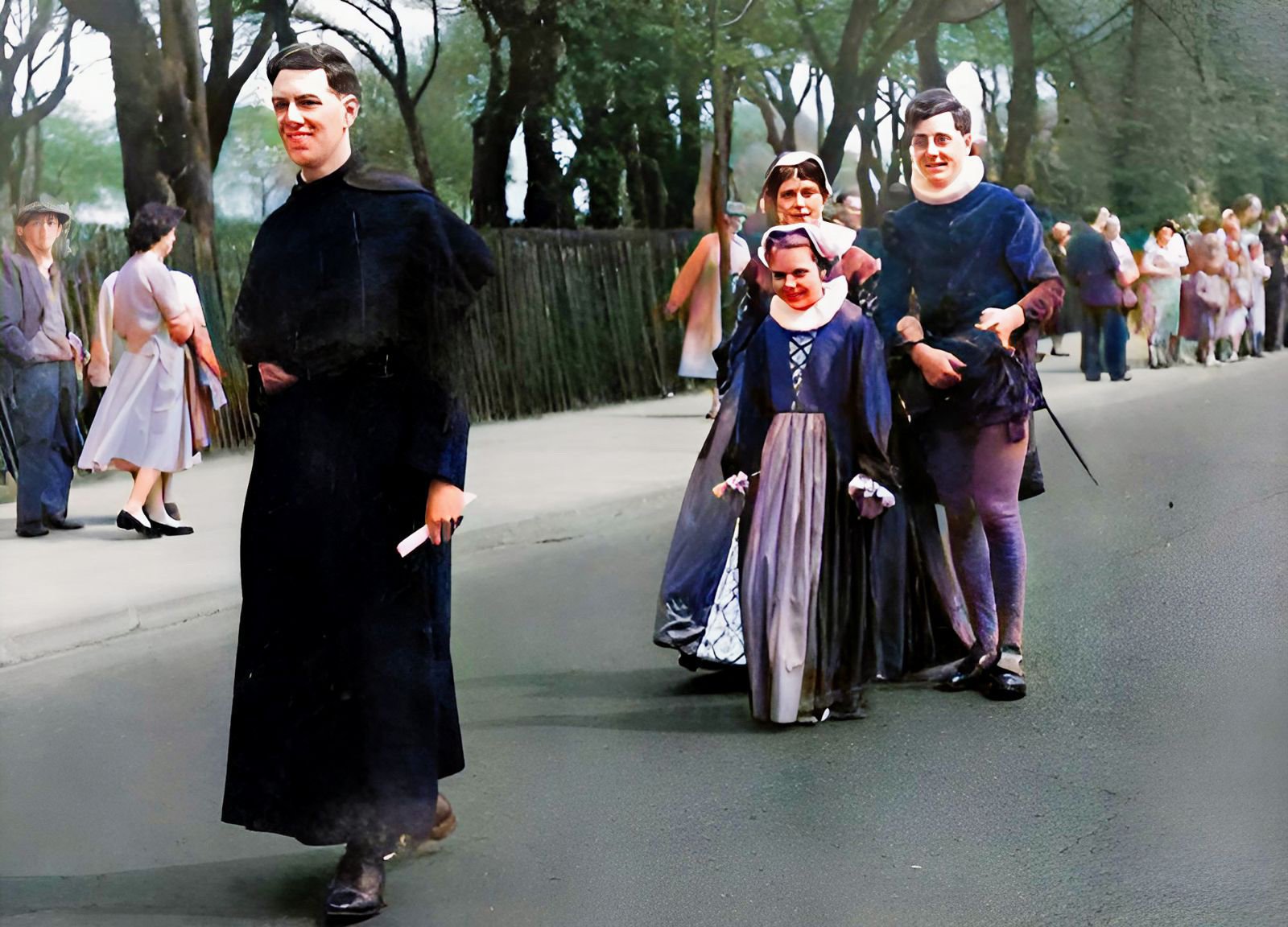


The present building, built by Act of Parliament, in 1814 replaced the original chapel and church of 1571 which fell down in 1808. The Rector continued to preach in its ruins so that he could receive his income from Tithes.
Our church 1910
Newton and Failsworth Volunteers Colours (1910)
The old rectory number 94 Droylsden Road, which made way for the Nursery in the new school which opened in 1964. Our rectory was moved to the corner of Briscoe Lane and Culcheth Lane. The room on the left of the front for was a double room and used for Parish meetings, and known as ‘the Rectory Room’.
All Saints Graveyards
In the 1850s, the graveyard next to the church (now the school’s KS2 playground) was full and a new graveyard was started in Orford Road which would be used for around 100 years.
In the 1960s, the bodies were reinterred in Philips Park Cemetery and became Orford Road Community Park. The pictures below show the All Saints Orford Road Cemetery before it was removed.







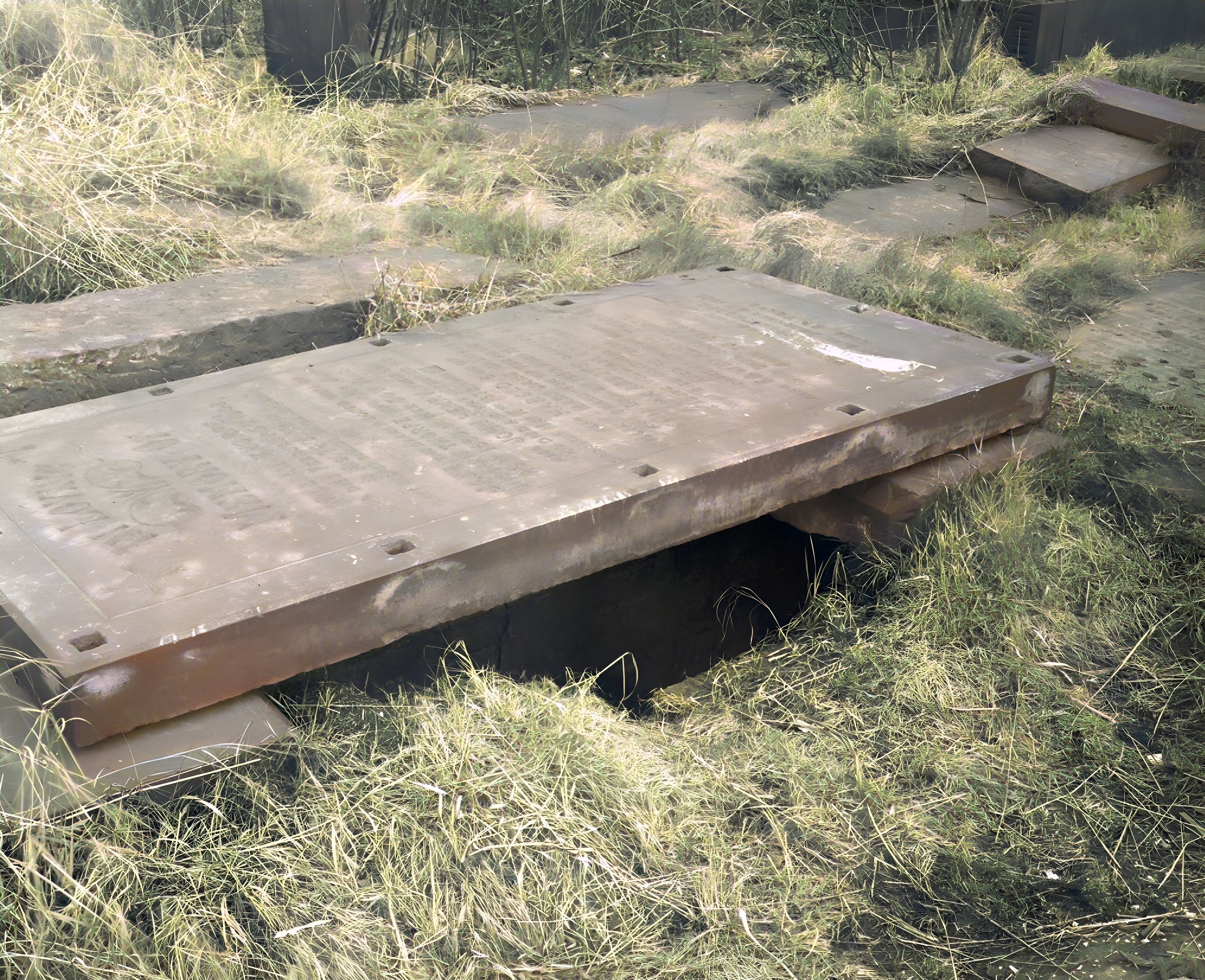
Whit Walks




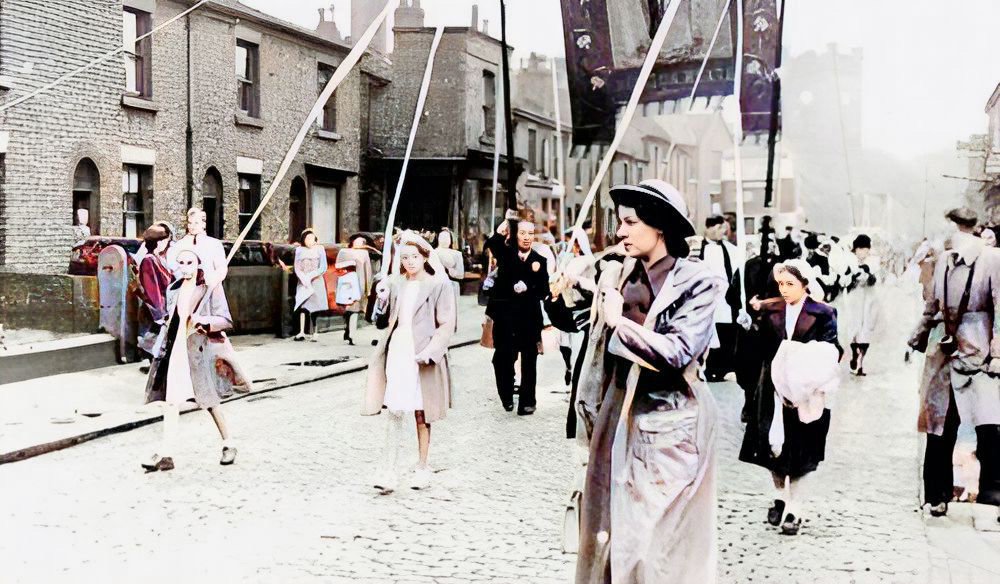



Faces from the Past














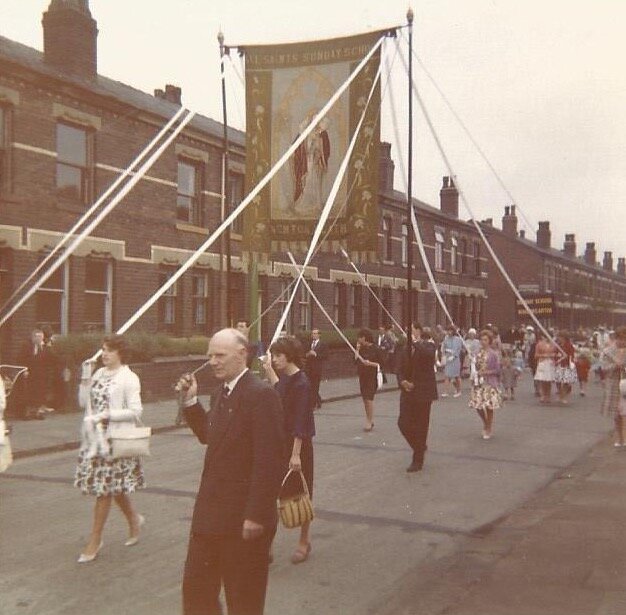

We are an inclusive, gently catholic worshipping community, committed to the well-being and safe-keeping of all God's people.*
We are presently part of North Manchester Deanery, in the Archdeaconry of Manchester.
The present Rector, the Reverend Andrew Wickens, came to Manchester from the Diocese of Lincoln in October 2010, and is also Minor Canon of Manchester Cathedral.








